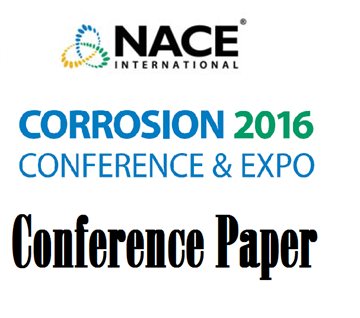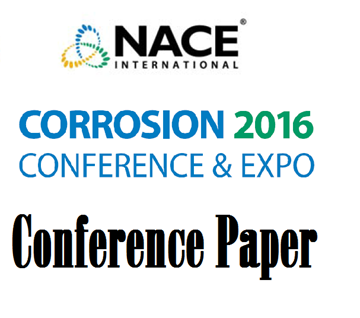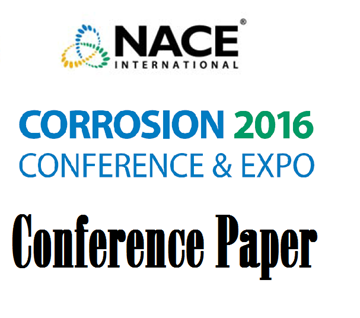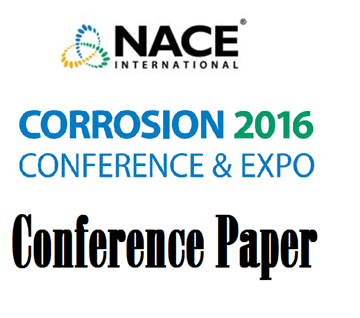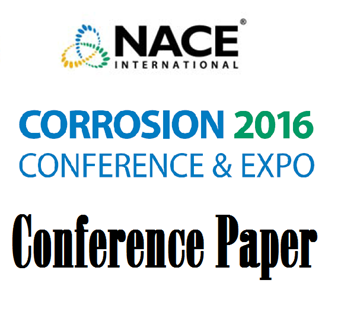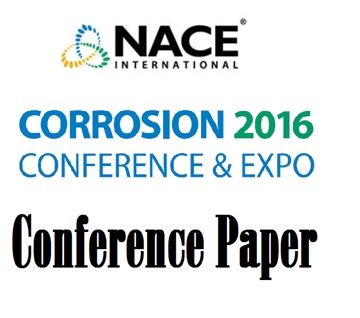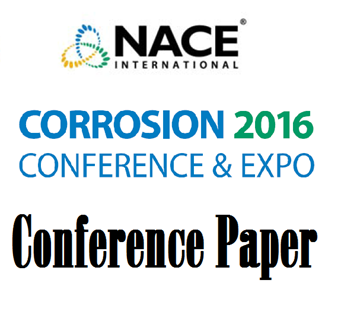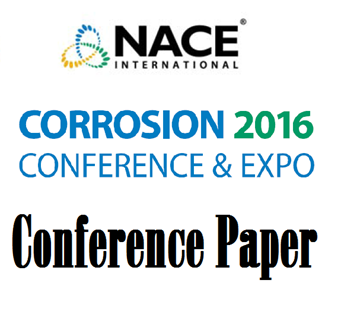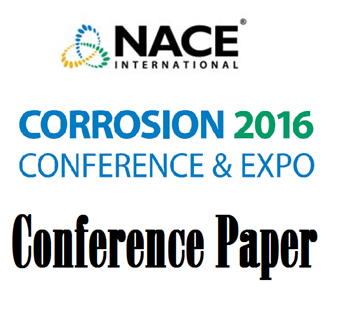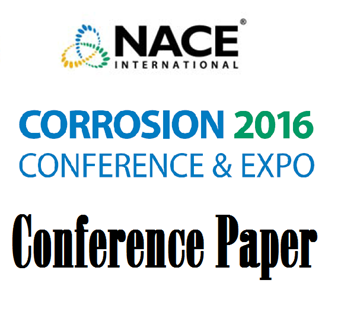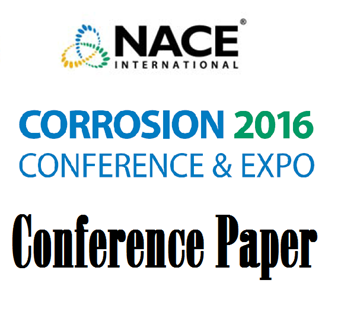Search
Products tagged with '2016 Conference Papers'
View as
Sort by
Display
per page
51316-7274-Inhibition Mechanisms for CO2 Corrosion Mitigation by Amines at the Top-of-the-Line
Product Number:
51316-7274-SG
ISBN:
7274 2016 CP
Publication Date:
2016
$20.00
51316-7275-Top of Line Corrosion Testing for a Gas Field with Acetic Acid and Low CO2
Product Number:
51316-7275-SG
ISBN:
7275 2016 CP
Publication Date:
2016
$20.00
51316-7276-Effective Implementation of Asset Integrity Management Systems with Visualisation Tools
Product Number:
51316-7276-SG
ISBN:
7276 2016 CP
Publication Date:
2016
$20.00
51316-7278-Molecular Microbiological Methods to Investigate Microbial Influenced Corrosion in Fully Integrated Kraft Pulp and Paper Mills
Product Number:
51316-7278-SG
ISBN:
7278 2016 CP
Publication Date:
2016
$20.00
51316-7279-Enhanced Biocide Treatment of Corrosive Biofilms
Product Number:
51316-7279-SG
ISBN:
7279 2016 CP
Publication Date:
2016
$20.00
51316-7283-Improved Packaging Film Incorporating Vapor Phase Corrosion Inhibitors and High Recycle Content
Product Number:
51316-7283-SG
ISBN:
7283 2016 CP
Publication Date:
2016
$20.00
51316-7284-Management of Integrity Operating Window (IOW) for an Aging Gas Processing Plant
Product Number:
51316-7284-SG
ISBN:
7284 2016 CP
Publication Date:
2016
$20.00
51316-7285-Surface behaviour of carbon steel in presence of sulphate-reducing bacteria
Product Number:
51316-7285-SG
ISBN:
7285 2016 CP
Publication Date:
2016
$20.00
51316-7287-Phenomenal Pitting Corrosion on Coating Damaged Surface of Automobile Suspension Coil Springs
Product Number:
51316-7287-SG
ISBN:
7287 2016 CP
Publication Date:
2016
$20.00
51316-7290-Assessment of Formation Damage Potential of Corrosion Inhibitor Squeeze Applications
Product Number:
51316-7290-SG
ISBN:
7290 2016 CP
Publication Date:
2016
$20.00
51316-7293-Insights on the impact of Fluid Cooling on High Temperature Conditions (175C) for Carbonate and Sulp
Product Number:
51316-7293-SG
ISBN:
7293 2016 CP
Publication Date:
2016
$20.00
51316-7296-UNS N06055 High Chromium welding product provides resistance to PWSCC in service and to DDC and Soli
Product Number:
51316-7296-SG
ISBN:
7296 2016 CP
Publication Date:
2016
$20.00

